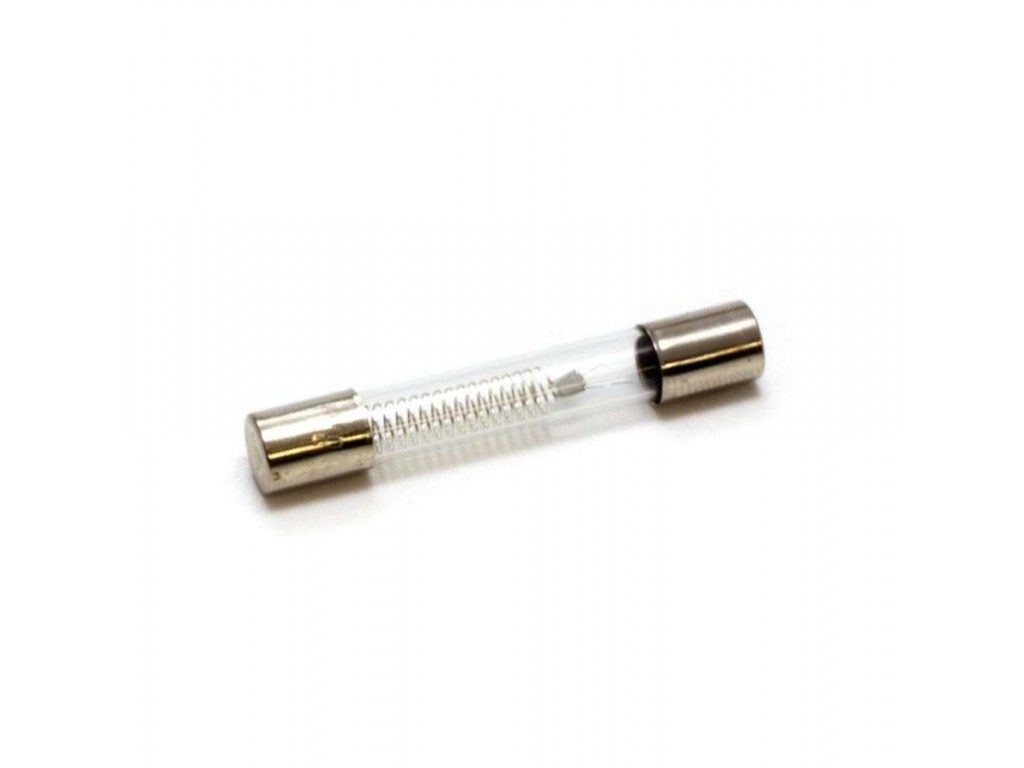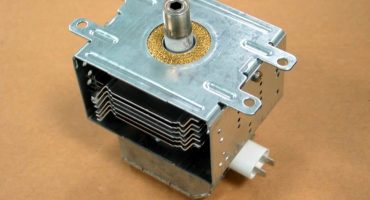During the operation of household appliances, it happens that the microwave has stopped heating. The plate rotates and everything is shining inside, it would seem that nothing portends trouble, but you set the food to warm up, time passed and the device informed you of its readiness - and then an unpleasant surprise happened. Let's see why a microwave oven can work poorly.

The location of the main nodes of the microwave
What you need to check first
Sometimes the cause of this phenomenon is not at all connected with a breakdown. For example, this happens with insufficient mains voltage. We recommend using a good stabilizer. It will protect the device from voltage surges (the main reason for the burning of expensive parts) and will provide the furnace with the necessary current and voltage performance.
The equipment refuses to warm up even if the network is overloaded. Check if two powerful devices are connected to the same outlet at the same time. If this is the case, and you often need to include two powerful consumers at the same time, refuse to use tees and extension cords. In this case, the problem can be solved by installing another outlet.
The microwave oven does not heat up or the products heat up unevenly when the door is loose. Inspect the latches carefully. If they do their job poorly, it is better to replace these parts or carry out repairs, if possible.
Sometimes the reason that the microwave heats badly and is completely banal: the wrong mode. For example, you forgot to switch the mode back to microwaves after defrosting.
We recommend that before you try to disassemble the design, carefully read the instructions for use. As a rule, manufacturers describe in detail the device and the principle of operation of a particular furnace, provide a detailed algorithm of actions in the event of such malfunctions.
Complex Microwave Failures: What Can Break?
The microwave is humming and not warming
If the microwave oven turns on, but does not heat and makes a hum, then:
- Perhaps the diode burned out. This part does not allow current to flow in the opposite direction.
- A buzzing sound may indicate that it is time to change the capacitor.
- The magnetron may break, which is why buzzing and humming occur.
Very important! If you decide to look for reasons and repair yourself, remember the safety precautions. This is one of the most dangerous household appliances.
The danger lies in high voltages. The working voltage of the magnetron anode is 4–5 kV. A large voltage can be maintained even when the device is turned off from the network. It's about capacitors. That is why the risk of electric shock to an inexperienced electrician is great. Therefore, before deciding in favor of DIY repair, think carefully. An attempt to save some money on the services of a master can be fatal.
If you still decide to try to do everything yourself, do not forget about safety. Here are some basic rules:
- Do not touch the parts with your bare hands, especially while the equipment is in operation. Remove parts (fuses or diodes, etc.) with special, insulated tweezers or a screwdriver with an insulated handle. Crocodiles must be worn on the test leads.
- To avoid high voltage capacitor discharge through the body, short the magnetron leads to the housing. Of course, we are talking about work with the equipment turned off. The design of some models of furnaces provides a special resistor that discharges the capacitor when the power is turned off, but do not rely on it, it is better to play it safe.
- Before proceeding with an independent repair, be sure to read the instructions.
Checking fuses
The fuse protects the elements of the electrical network from short circuits and voltage surges. There are many types of fuses, but fuses with fuses are most often used in microwave ovens. Such a product contains a special metal thread in its design, which is placed in a glass flask. For ease of installation, metal caps are placed on the ends of this tube on both sides, which are fuse contacts. The principle of operation of this element is simple: the thread heats up to the melting temperature of the metal and collapses if too much current flows through it. The limit value of the current that the thread is able to conduct through itself depends on the characteristics and cross-section of the material from which it is made. Depending on the maximum permissible current value, engineers in the process of designing the product select the desired fuse model in the directory. When the thread is broken, the circuit breaks, so the device is de-energized.

Microwave Fuse
If a malfunction is suspected, the fuses must first be inspected for possible damage. If the thread burns out or blackening is visible, a replacement is required.
As a rule, several fuses are installed in the microwave. One of them, the network one, is located on the surge protector board. As a rule, a mains fuse, due to its high rating (8–10 Amperes), does not protect the electronic components of the microwave from power surges, but protects the network itself from short circuits.
A high voltage fuse protects the transformer from overloads. Structurally, it is located near the transformer. The high-voltage fuse is enclosed in a plastic casing, which provides additional protection.

Microwave oven fuse
In the electronically controlled microwave ovens, another fuse is installed: next to the rectifier, which converts the alternating current of the home network into direct current, with a voltage of up to 5V. It is this current that feeds the elements of microcircuits. Due to the inconvenient location (located on top of the transformer primary winding and protected by insulation), it is difficult to change such a fuse. But in the Samsung microwave oven, this part is located on the control board, which simplifies the work.
In many models of technology there are no high-voltage fuses. Their functions are performed by a mains fuse. To understand exactly where the fuses are installed in your furnace and in what quantity, refer to the instructions.
Important! When the mains fuse blows, the furnace does not turn on at all, the high-voltage fuse turns on, but it does not work.
Checking other items
Perhaps the problem is in the capacitor. Connect an ohmmeter to the part: if the boom of the measuring device moves - everything is in order, if not - the part must be replaced.

Microwave condenser

High voltage diode
Check high voltage diode It’s complicated, therefore even the masters more often than not “bother”, but immediately install a new part.

Magnetron in the microwave
Also, the reason may be the magnetron. A strong buzz during the operation of the device will confirm this. Inspect the part for carbon deposits or cracks. It will also not be superfluous to conduct a visual inspection of the connections of the power terminals and check the reliability of the soldering of contacts.



